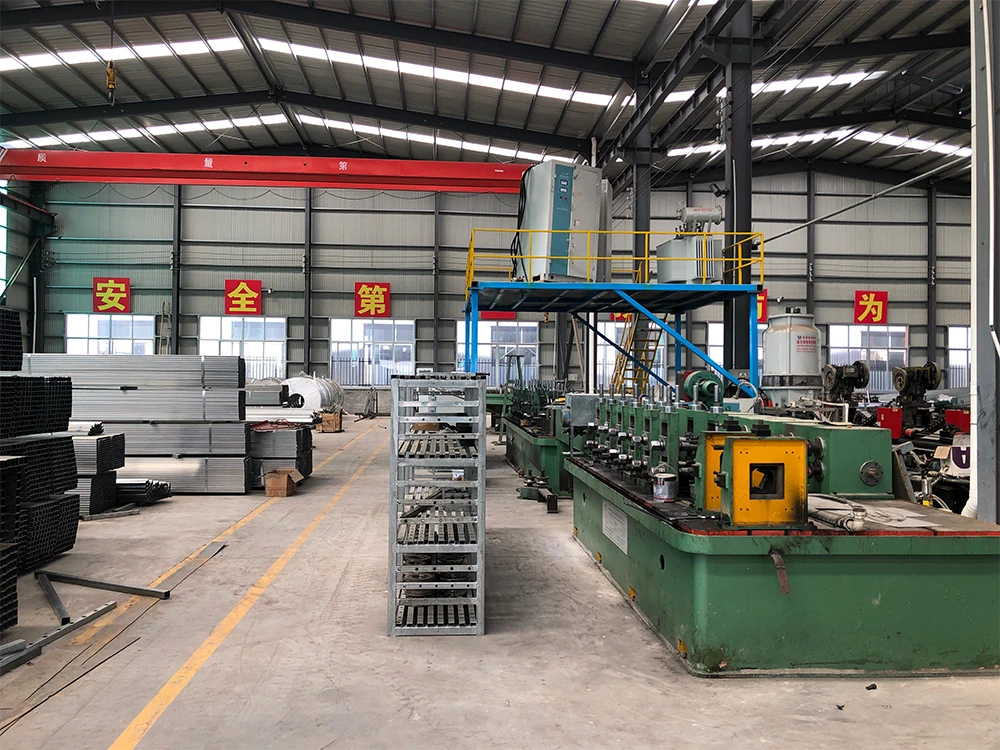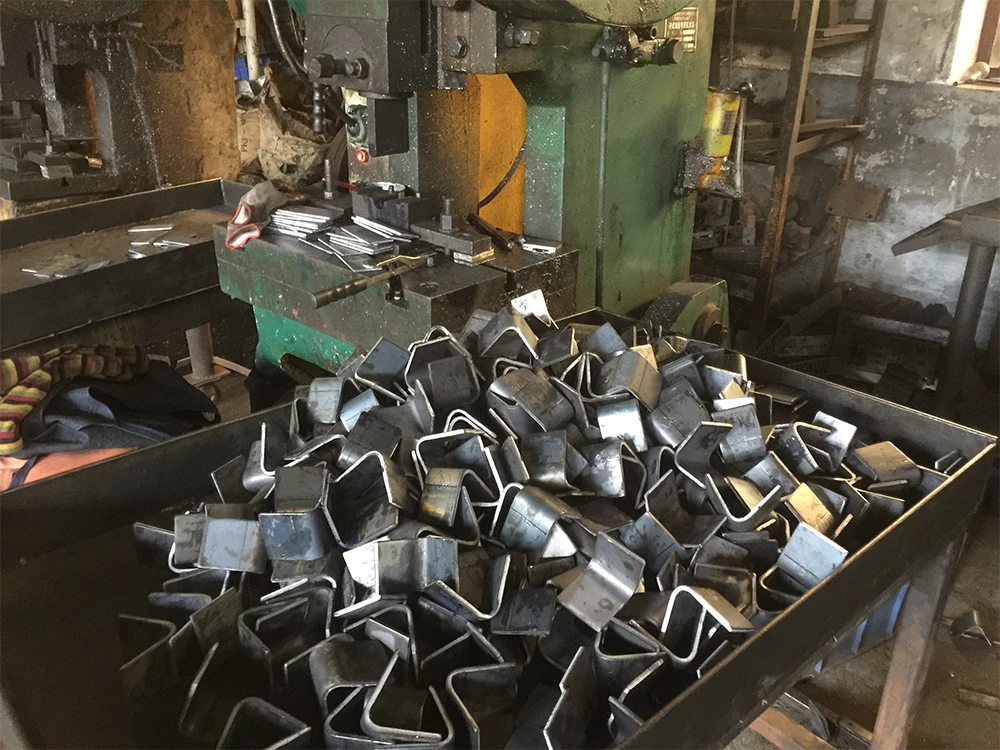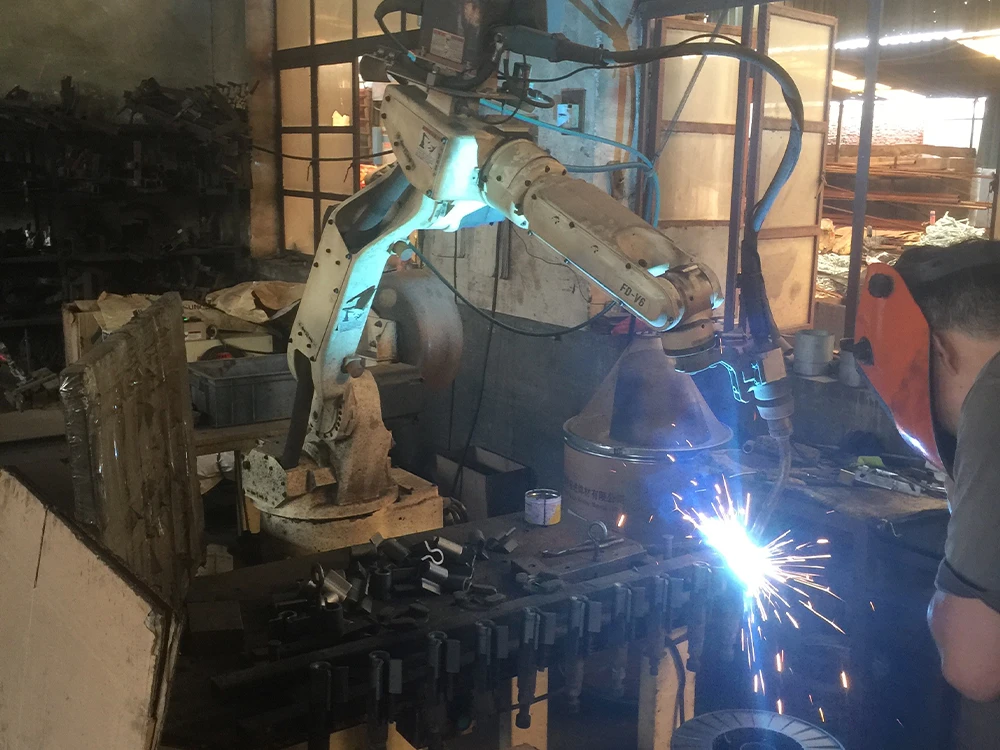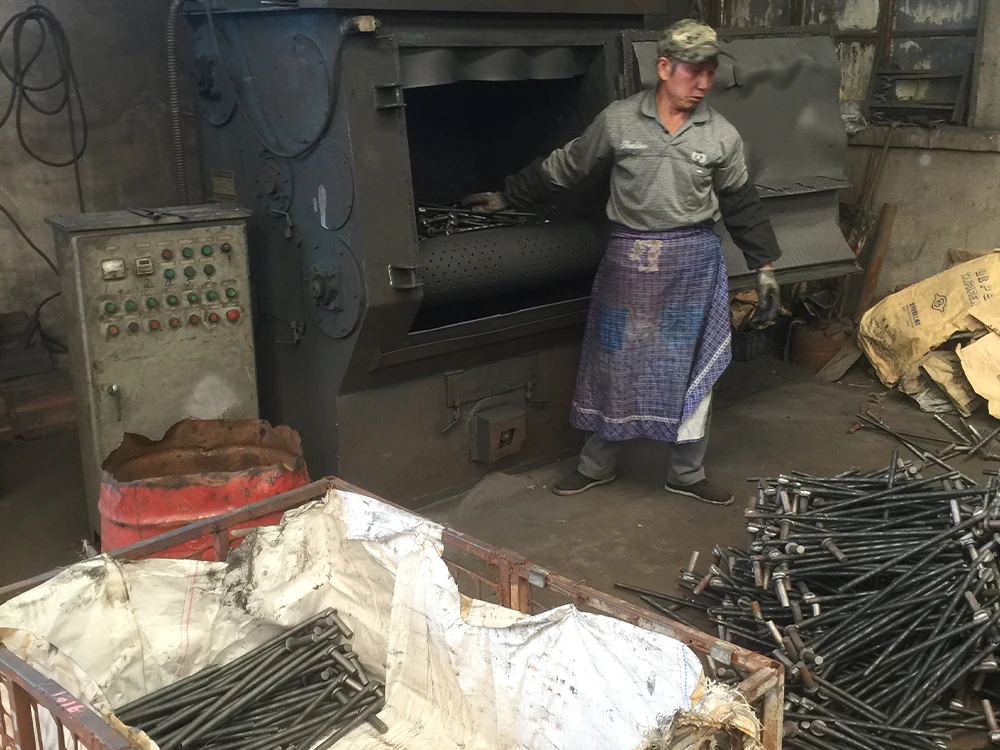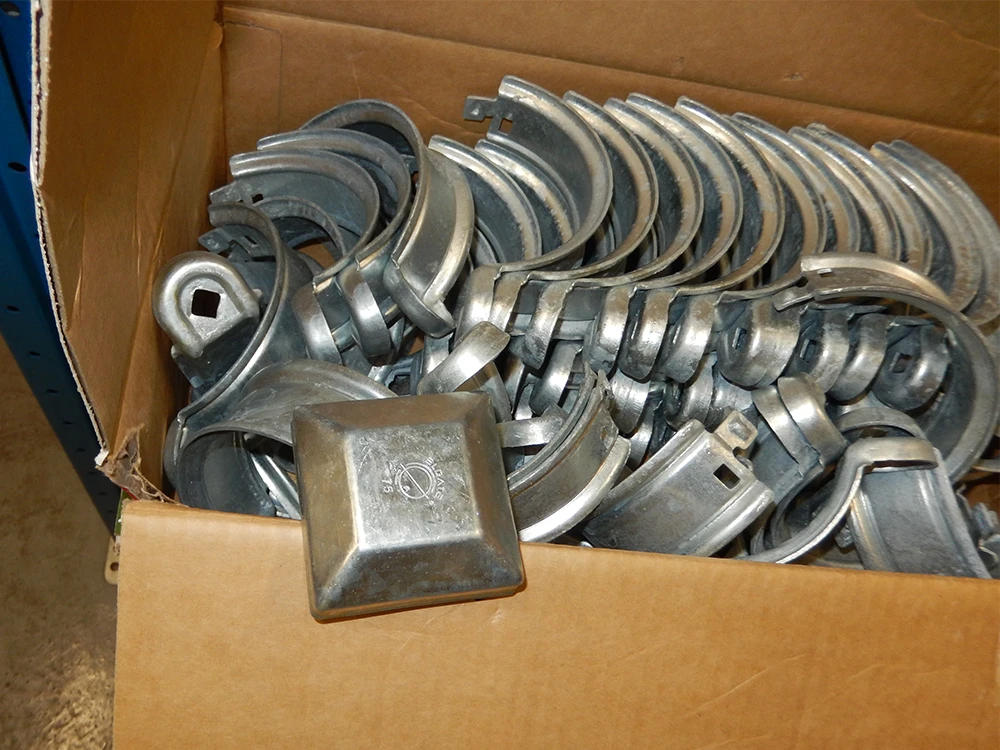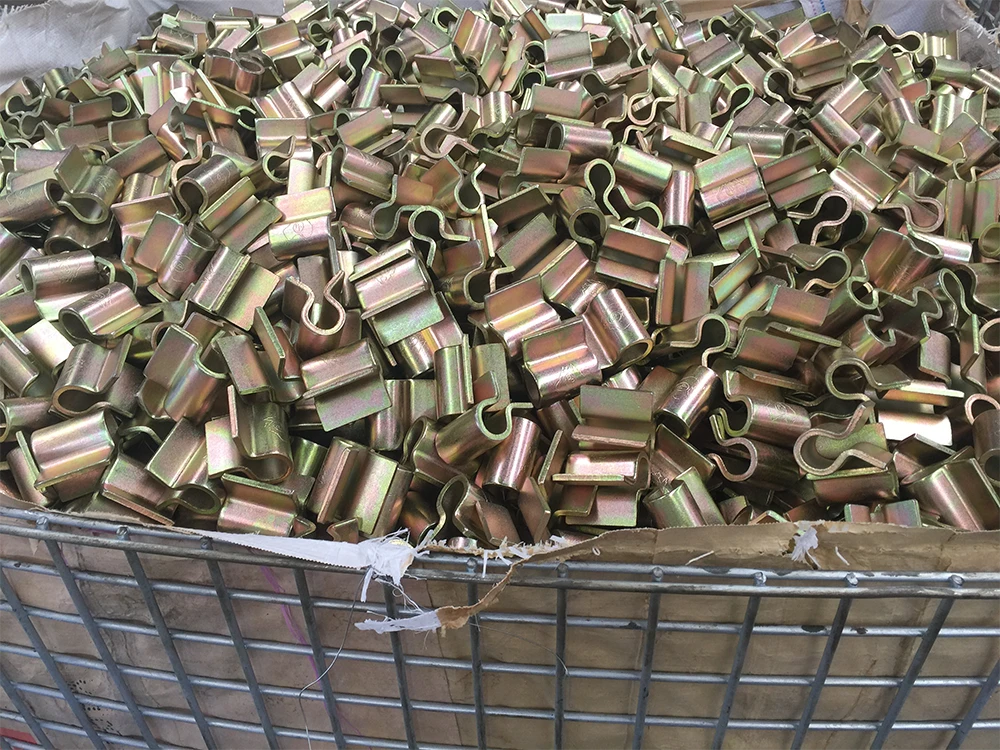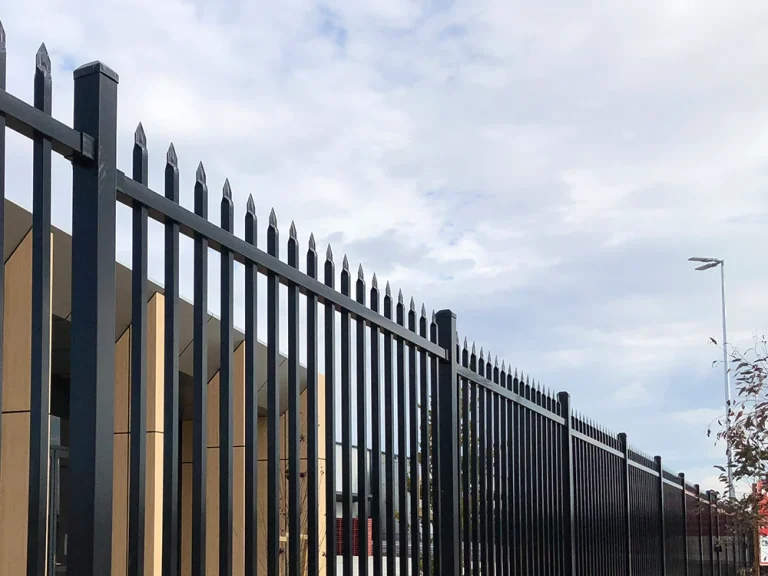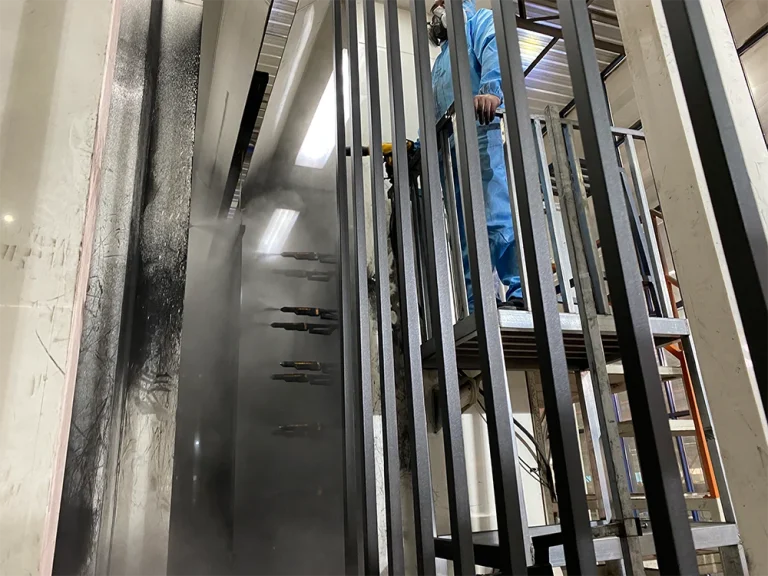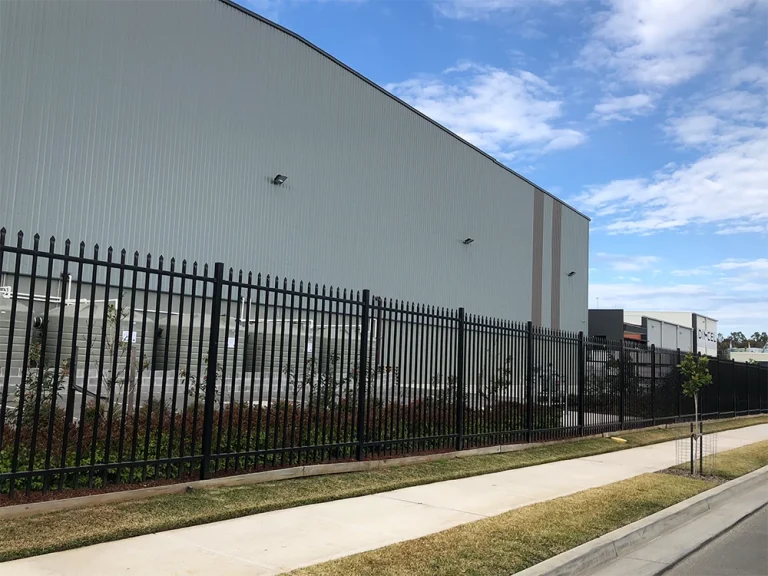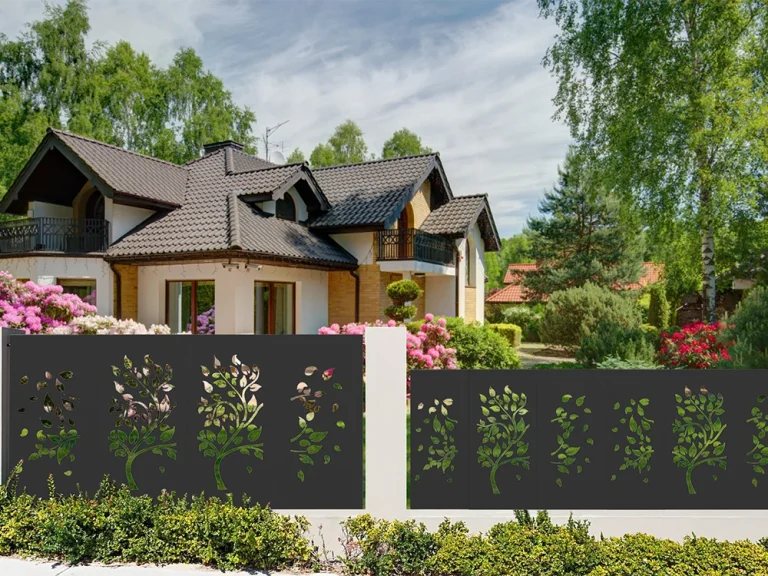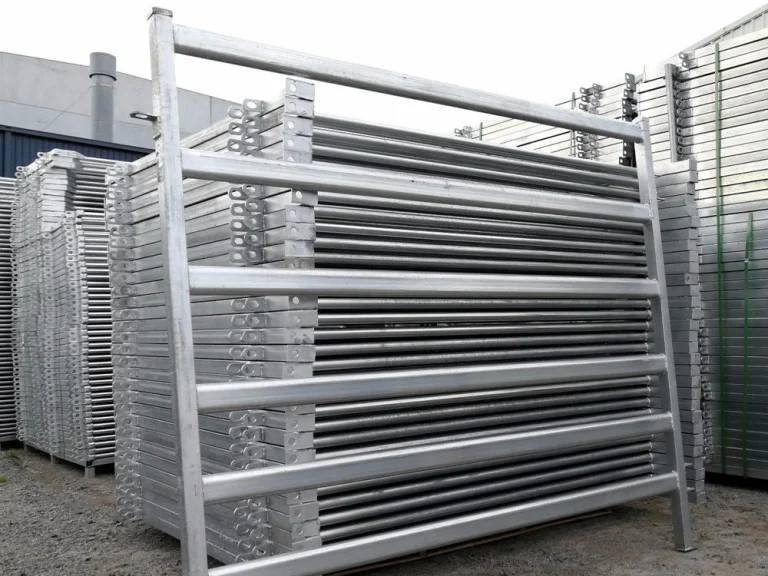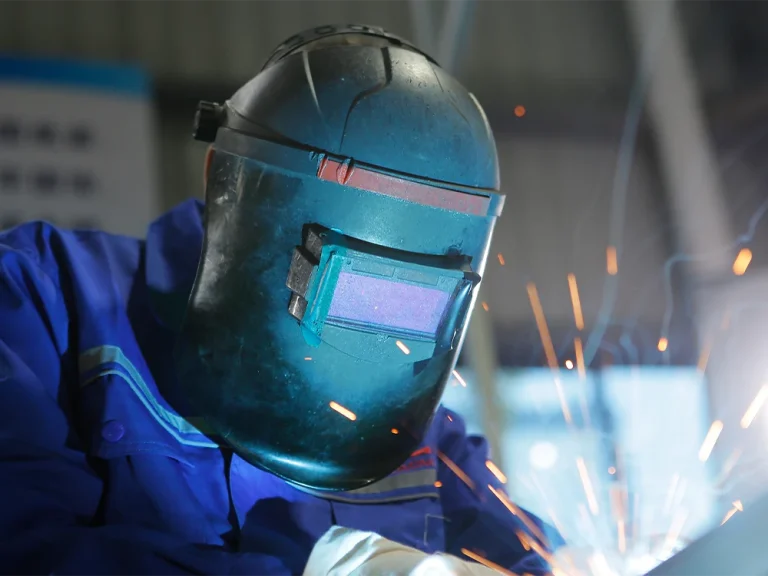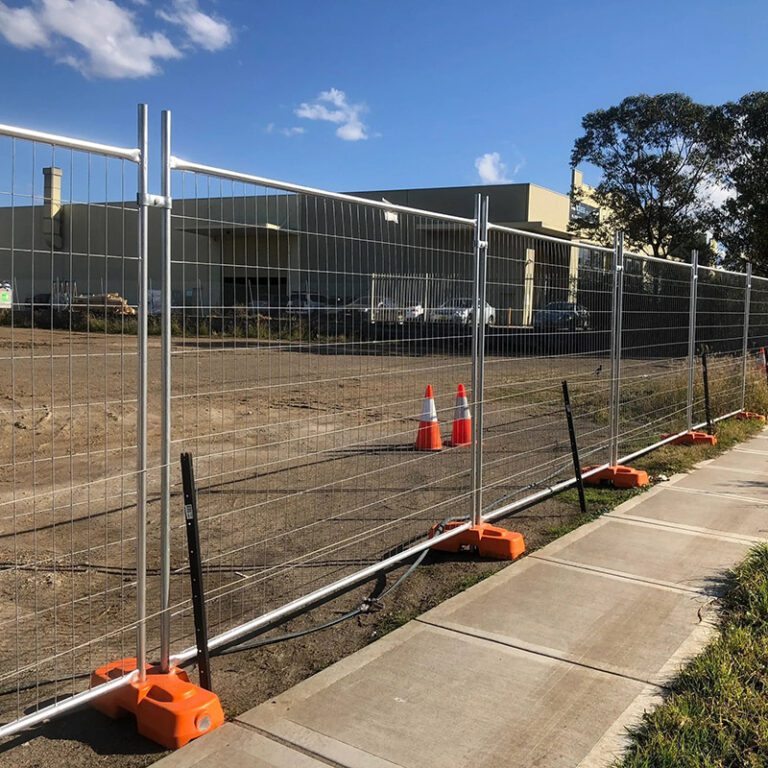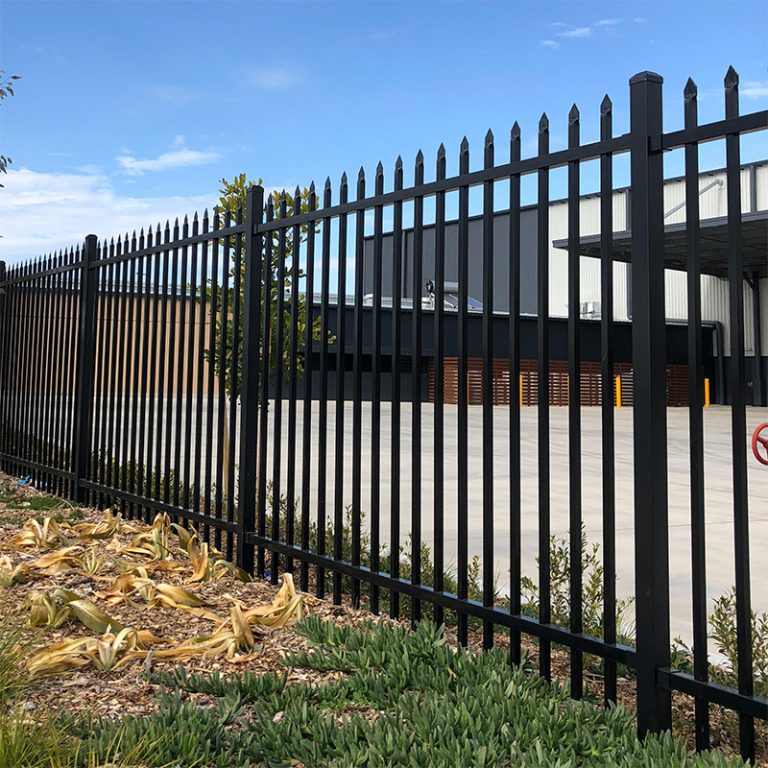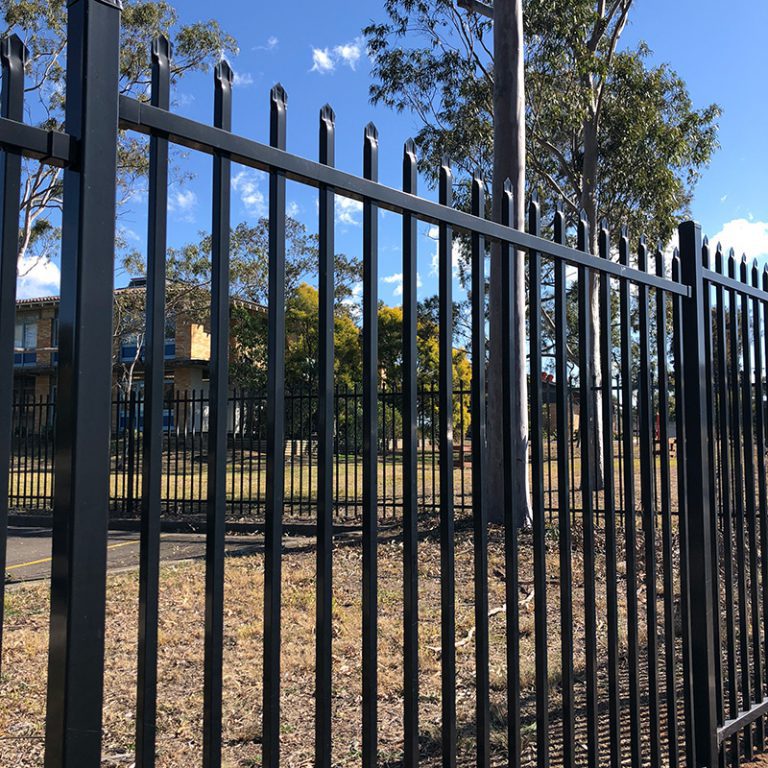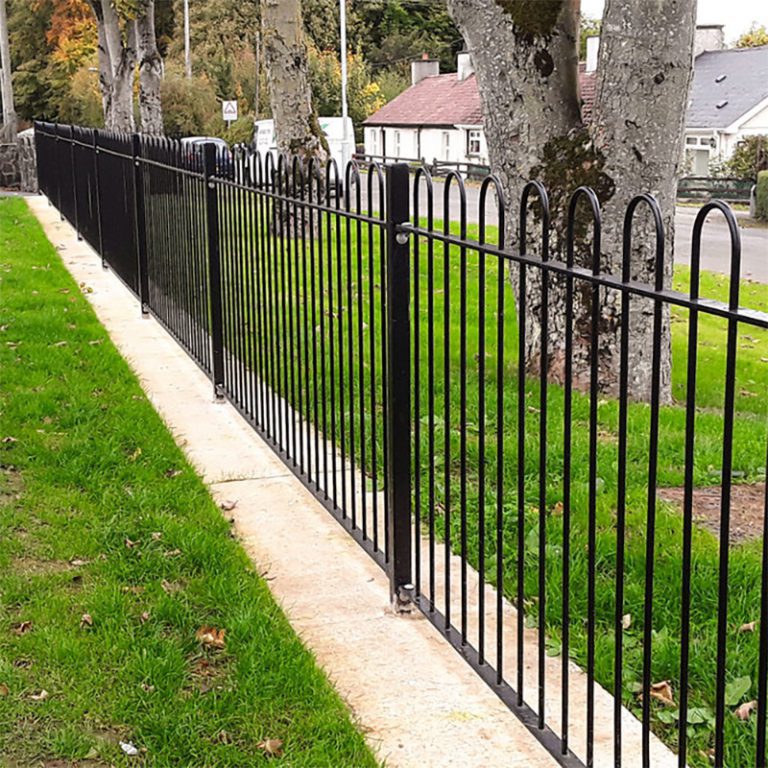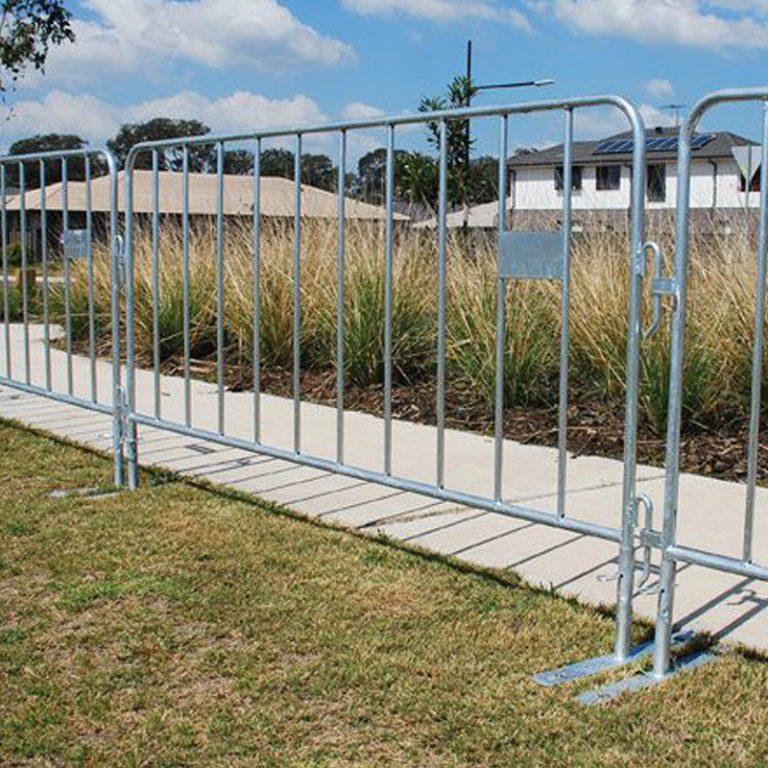When it comes to building durable and reliable fencing systems, fence brackets play a critical role in ensuring structural stability and longevity. The fence brackets production process involves multiple stages, from raw material selection to advanced manufacturing techniques, all tailored to meet the specific needs of various fencing applications. As a professional fence manufacturer, we take pride in not only delivering high-quality aluminum and carbon steel brackets but also offering a wide range of customization options to cater to unique project requirements. This blog will explore the step-by-step production process for both aluminum and carbon steel brackets, as well as discuss our advanced manufacturing technologies and customization capabilities.
I. Aluminum Fence Brackets Production Process
Aluminum brackets are lightweight, durable, and resistant to rust, making them an excellent choice for outdoor fence systems. The production process involves several key steps:
1. Raw Material Sourcing
The first step in the production of aluminum fence brackets is selecting high-quality aluminum alloys. Aluminum alloys are chosen for their strength, flexibility, and corrosion resistance, all essential properties for durable fence brackets.
2. Melting Process
Once the raw aluminum is sourced, it undergoes a melting process. The aluminum is heated in a furnace until it reaches its molten state. During this phase, any impurities are removed to ensure the material’s purity and overall quality.
3. Die Casting
After the aluminum is melted, it is poured into a die-casting mold. Die casting is a manufacturing technique that allows for high precision and consistency in shape and size. In this process, molten aluminum is injected into a steel mold under high pressure, ensuring that each bracket has a uniform structure. This method helps in producing brackets that are both strong and lightweight, ideal for fencing systems.
4. Powder Coating
The final step in the aluminum fence brackets production process is powder coating. This surface treatment involves applying a dry powder that is cured under heat to form a protective layer. The powder coating not only enhances the bracket’s aesthetic appeal but also provides an additional layer of protection against weathering, corrosion, and UV exposure. It ensures that the brackets maintain their appearance and functionality over time.
II. Carbon Steel Fence Brackets Production Process
Carbon steel fence brackets are known for their strength and robustness, making them suitable for heavier fencing systems. The production process is slightly different from that of aluminum brackets, involving more stages to enhance the material’s durability.
1. Raw Material Sourcing
The production of carbon steel brackets begins with selecting the appropriate grade of carbon steel. This steel type is chosen for its high tensile strength, making it ideal for heavy-duty applications such as industrial or high-security fencing.
2. Cutting and Shaping
Once the raw carbon steel is sourced, the material is cut into the desired sizes and shapes. High-precision cutting machines are used to ensure accurate dimensions. This step is crucial as it forms the base for subsequent processes like stamping and welding.
3. Stamping
Next, the cut carbon steel is stamped into the required bracket shapes. Stamping involves pressing the material between two dies, forming it into the desired bracket shape. This process allows for high production speeds and consistent output, critical in mass-production environments.
4. Welding (If Required)
Some carbon steel fence brackets require additional welding to reinforce joints or connect multiple parts. Welding is performed using high-precision machinery to ensure strong and reliable connections. This step enhances the bracket’s structural integrity, especially in cases where the bracket must support heavier loads or face demanding environmental conditions.
5. Surface Treatment: Powder Coating or Galvanizing
To protect the carbon steel brackets from rust and corrosion, surface treatments such as powder coating or galvanizing are applied. Powder coating provides a sleek, finished look while offering protection against rust. Alternatively, galvanizing involves coating the steel with a layer of zinc, which acts as a barrier against moisture and oxidation. This step is crucial for extending the lifespan of the brackets in outdoor settings.
III. Customization Capabilities for Fence Brackets
One of the most significant advantages of partnering with a professional manufacturer like us is our extensive customization capabilities. We provide a wide range of customization options to ensure our fence brackets meet every client’s exact needs.
1. Material Customization
While aluminum and carbon steel are the most common materials used in fence bracket production, we offer the flexibility to work with other metals as well, such as stainless steel and galvanized steel. Stainless steel offers superior corrosion resistance, making it ideal for coastal areas, while galvanized steel is highly durable for heavy-duty applications. By customizing materials, we cater to the specific environmental and structural demands of each project.
2. Size and Shape Customization
Fencing systems come in various designs, which require brackets of different sizes and shapes. We have the capability to adjust the dimensions of our fence brackets to accommodate any fencing style, from traditional vertical slats to more modern and complex designs. Whether you need brackets for standard residential fences or large-scale industrial installations, we provide precision sizing to match your specifications.
3. Surface Treatment Customization
In addition to powder coating and galvanizing, we offer further surface treatment customization to enhance the appearance and durability of the brackets. Options such as anodizing for aluminum brackets and hot-dip galvanizing for carbon steel brackets provide extra layers of protection against rust and corrosion. Clients can also choose from a wide range of colors and finishes to complement their fence design, offering both functionality and aesthetics.
4. Load-Bearing and Structural Strength
Different fencing systems have different load-bearing requirements. We provide customized engineering for brackets, reinforcing them through additional welding, material thickness adjustments, and advanced design techniques. This ensures that the brackets are capable of supporting the specific needs of each fence, regardless of weight or size.
IV. Technological Advancements in Fence Brackets Manufacturing
As a professional fence manufacturer, we continuously invest in advanced technology to enhance the fence brackets production process. These technological advancements improve both the precision and efficiency of production, resulting in high-quality brackets that meet even the most rigorous industry standards.
1. CNC Machining
We employ CNC (Computer Numerical Control) machining in the production of fence brackets. This technology allows us to achieve extreme precision in cutting and shaping materials, ensuring consistent quality across large production runs. CNC machining also enables us to produce custom shapes and designs with minimal error, meeting exact client specifications.
2. Automated Welding Systems
In cases where carbon steel brackets require welding, we utilize automated welding systems to ensure accuracy and uniformity. These systems enhance production speed without compromising the quality of the weld, guaranteeing stronger and more reliable connections for brackets that need to withstand heavy use or harsh environmental conditions.
3. Laser Cutting Technology
For projects that require intricate designs or unique shapes, we use laser-cutting technology. Laser cutting offers unparalleled precision, allowing us to produce customized fence brackets with detailed shapes and patterns that may not be achievable with traditional cutting methods. This technology also reduces waste, contributing to more efficient and eco-friendly production practices.
Conclusion
The fence brackets production process requires precision, attention to detail, and a commitment to quality at every stage. From the selection of high-grade raw materials to the use of cutting-edge technologies like CNC machining and automated welding systems, we ensure that our fence brackets meet the highest industry standards. Additionally, our ability to provide fully customized solutions allows us to tailor each bracket to the specific needs of your fencing project, whether it’s for residential, commercial, or industrial use.

